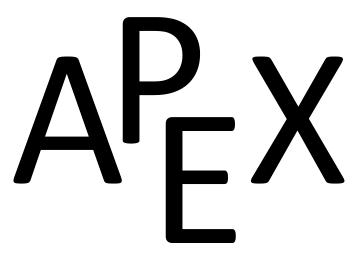Recognizing that
\(\pi/4 \approx 0.785\approx 0.8\text{,}\) we can approximate
\(f(4.1,0.8)\) using
\(f(4,\pi/4)\text{.}\) We can easily compute
\(f(4,\pi/4) = \sqrt{4}\sin(\pi/4) = 2\left(\frac{\sqrt{2}}2\right) = \sqrt{2}\approx 1.414\text{.}\) Without calculus, this is the best approximation we could reasonably come up with. The total differential gives us a way of adjusting this initial approximation to hopefully get a more accurate answer.
We let \(\ddz = f(4.1,0.8) - f(4,\pi/4)\text{.}\) The total differential \(dz\) is approximately equal to \(\ddz\text{,}\) so
\begin{equation}
f(4.1,0.8) - f(4,\pi/4) \approx dz \Rightarrow f(4.1,0.8) \approx dz + f(4,\pi/4)\text{.}\tag{14.1.1}
\end{equation}
To find \(dz\text{,}\) we need \(f_x\) and \(f_y\text{.}\)
\begin{align*}
f_x(x,y) \amp = \frac{\sin(y) }{2\sqrt{x}} \Rightarrow\amp
f_x(4,\pi/4) \amp = \frac{\sin(\pi) /4}{2\sqrt{4}}\\
\amp \amp \amp = \frac{\sqrt{2}/2}{4} = \sqrt{2}/8.\\
f_y(x,y) \amp = \sqrt{x}\cos(y) \Rightarrow\amp
f_y(4,\pi/4) \amp = \sqrt{4}\frac{\sqrt{2}}2\\
\amp \amp \amp = \sqrt{2}\text{.}
\end{align*}
Approximating \(4.1\) with 4 gives \(dx = 0.1\text{;}\) approximating \(0.8\) with \(\pi/4\) gives \(dy \approx 0.015\text{.}\) Thus
\begin{align*}
dz \amp = f_x(4,\pi/4)(0.1) + f_y(4,\pi/4)(0.015)\\
\amp = \frac{\sqrt{2}}8(0.1) + \sqrt{2}(0.015)\\
\amp \approx 0.039\text{.}
\end{align*}
\begin{equation*}
f(4.1,0.8) \approx 0.039 + 1.414 = 1.4531\text{.}
\end{equation*}
We, of course, can compute the actual value of
\(f(4.1,0.8)\) with a calculator; the actual value, accurate to 5 places after the decimal, is
\(1.45254\text{.}\) Obviously our approximation is quite good.

